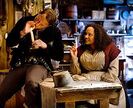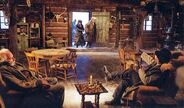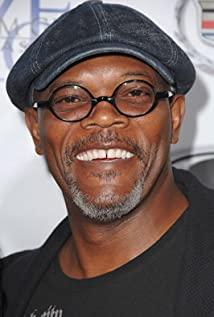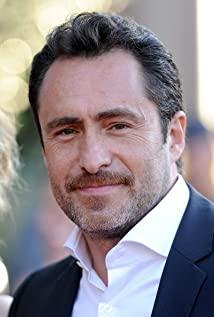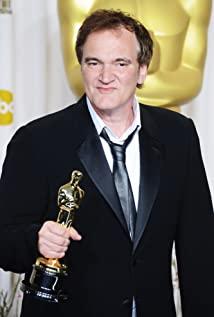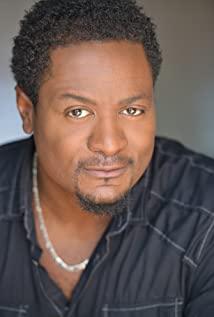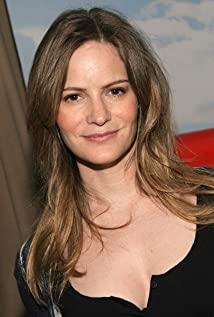What Quentin showed this time was not an imaginary grand scene, but more like a stage play.
The 90-minute foreshadowing, the iconic chatter, has been talking about the Civil War. Now think about it, every villain in the play is explained in every detail in these babble. In the later dialogue in the tavern, the evil of each villain is expressed without doubt.
Entering the fourth chapter (Quentin began to use his chapters again, the whole film is divided into five chapters), Quentin's inherent violent characteristics of the film came out, and the film is getting better, here I start to praise the script
: fountain-like He vomited blood; two headshots were invisible; the brain was sprayed all over the face in an instant; the blood plasma was inexhaustible...
the death or death made people not breathing...and of course they all died.
Another hallmark feature of Quentin's films is the non-linear narrative, which interjects the innocent people in Minnie's tavern being brutally shot one by one. Heartbroken.
For the Civil War, Quentin should have expressed admiration for Lincoln, but this war has nothing to do with justice or evil. The hatred and killing of blacks and whites is vividly displayed in the dialogue.
But how much does this have to do with the people at Minnie's Tavern?
Behind the door held by two wooden boards, in this tavern, enemies and friends are temporary, the racial concept of black or white can be put aside, how to live is the theme, black and white are all The same hell, obviously they are only worthy of hell.
I suddenly remembered my thick English textbook on the history of English-speaking countries. I once carefully wrapped the book cover in thick white paper, and it was borrowed before it was returned.
View more about The Hateful Eight reviews





